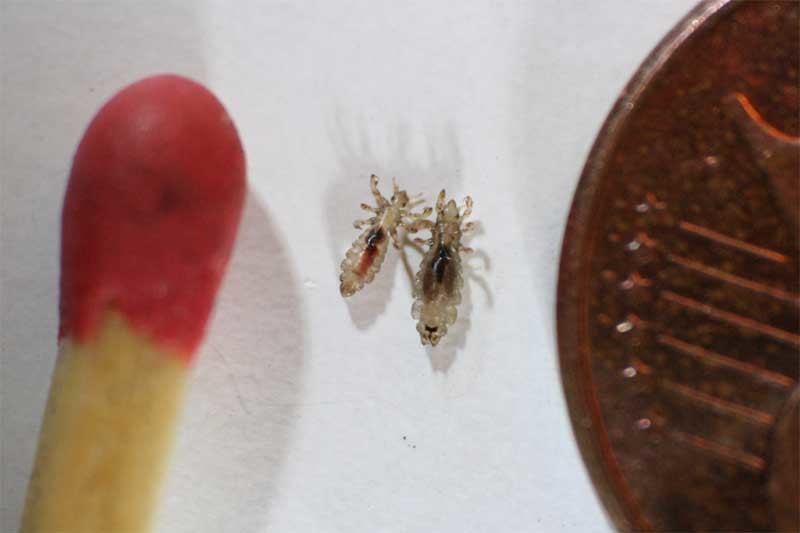Head lice becoming resistant to treatment
There are no reports coming from the local school of head lice, but it is this time of year when children are in close proximity that infestations appear. After study of the insects researchers are finding that lice are becoming resistant to the most common over the counter treatments.
“They have known this was coming for years,” said Carol Gilbert, co-owner of Fairy LiceMothers in Oceanside, “Just as bacteria are becoming more resistant to antibiotics, human head lice are now more resistant to over the counter treatments.”
Oceanside parents are advised by the school nurse to seek a pharmacist or doctor’s advice in the event of an infestation. Island Park parents are told to use the over the counter treatments unless those do not work. Then they are advised to seek a pediatrician’s advice, or use a professional lice removal service. In both districts the school nurse has information available for parents, and an information sheet sent home with the student outlining steps to take to eliminate the insects.
In a recent report presented at the 250th National Meeting and Exposition of the American Chemical Society [ACS], the world’s largest scientific society, researchers revealed that lice populations throughout the US have developed resistance to over-the-counter treatments still widely recommended by schools. “We are the first group to collect lice samples from a large number of populations across the U.S.,” says Kyong Yoon, Ph.D. “What we found was that 104 out of the 109 lice populations we tested had high levels of gene mutations, which have been linked to resistance to pyrethroids.” Pyrethroids are a family of insecticides that includes permethrin, the active ingredient in some of the most common lice treatments sold at drug stores.
Yoon began his testing of lice near his school, Southern Illinois University, looking for a trio of genetic mutations known collectively as kdr, which stands for “knock-down resistance.” Having all the mutations means these populations are the most resistant to pyrethroids. Then he did a sampling of 30 states, and found samples from four states — New York, New Jersey, New Mexico and Oregon — had one, two or three mutations.






